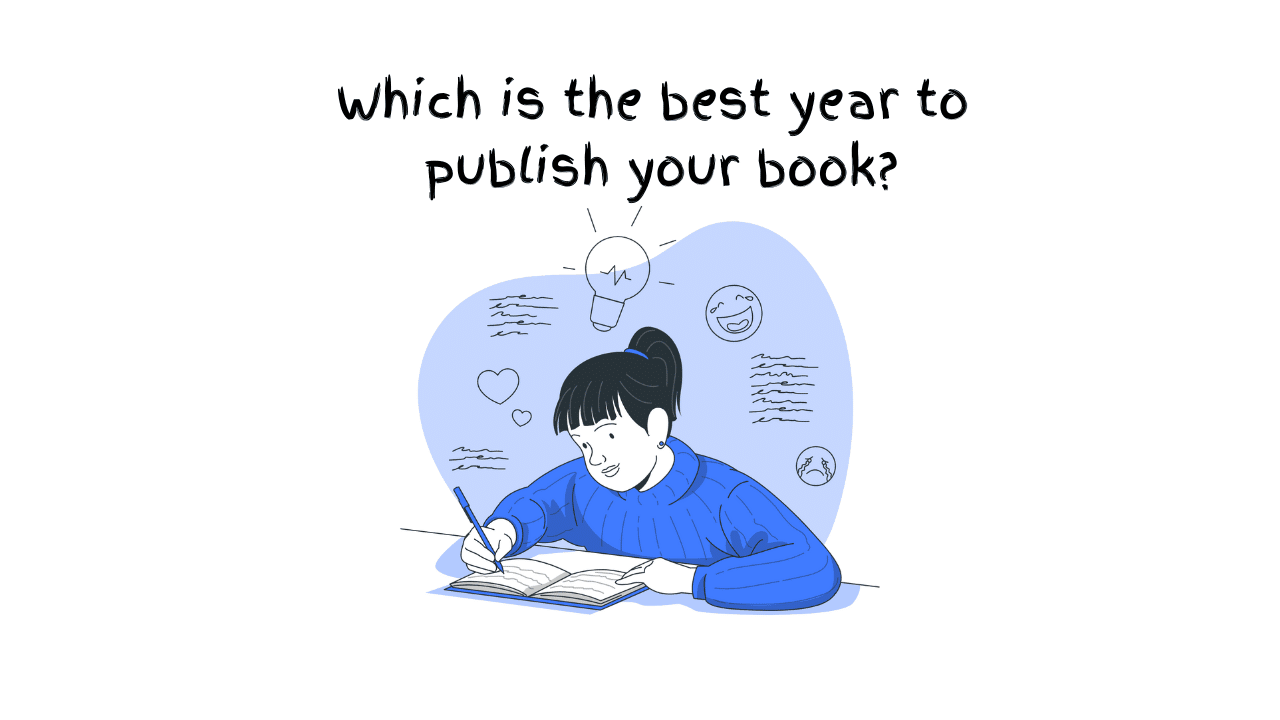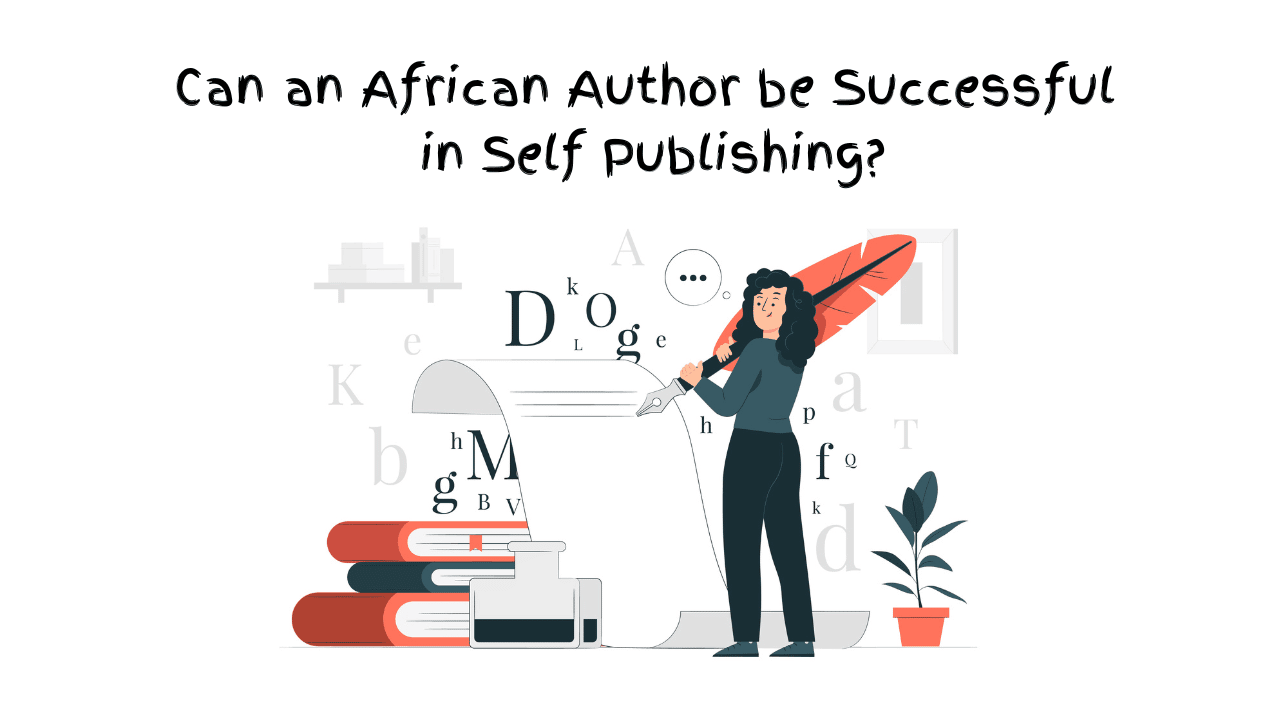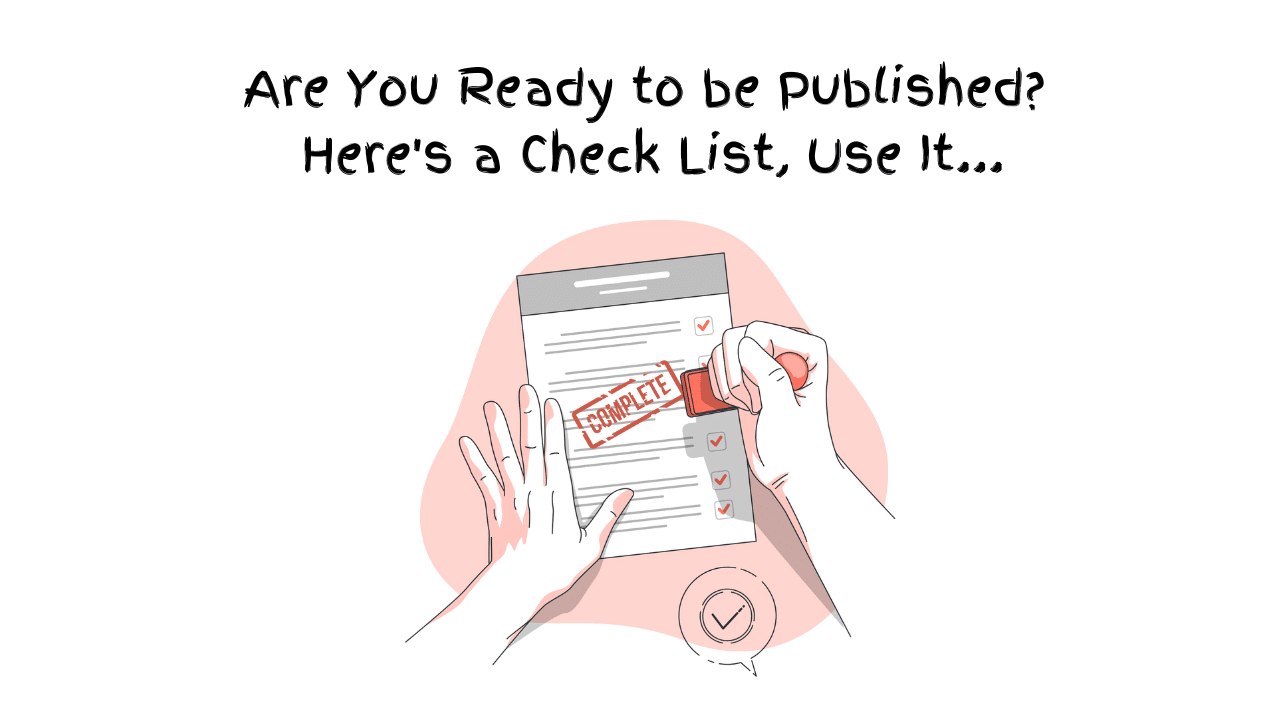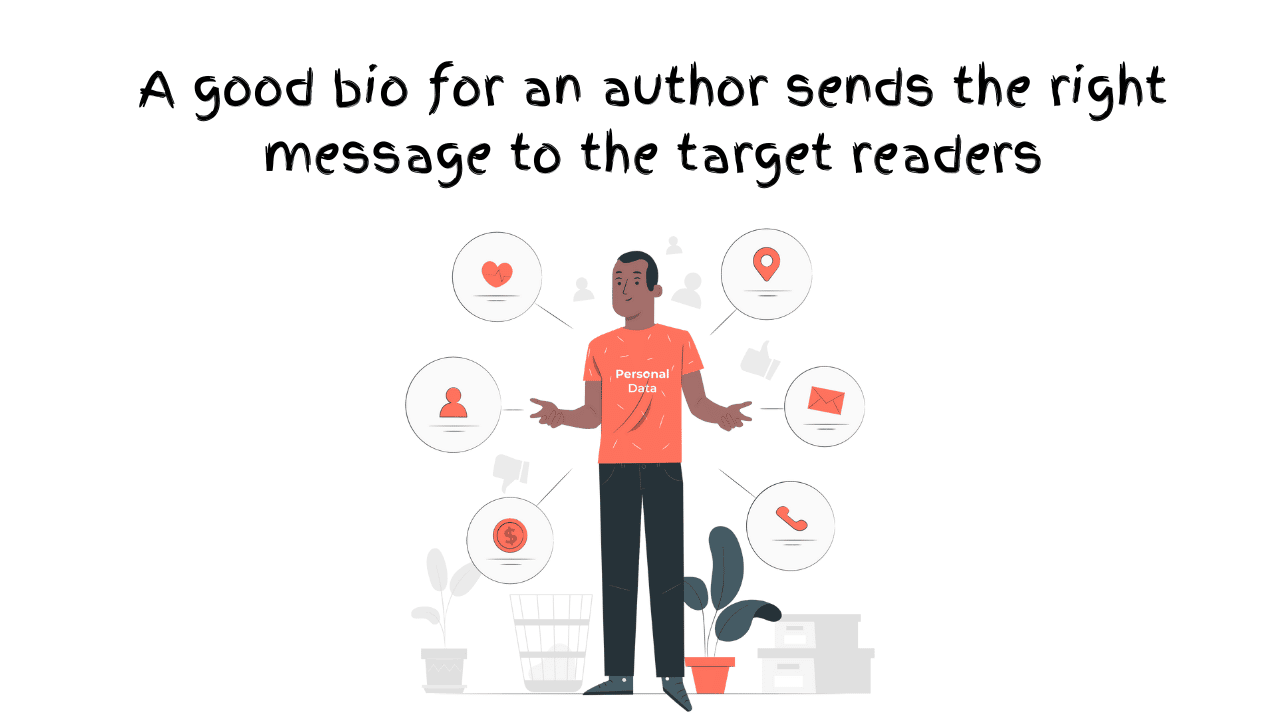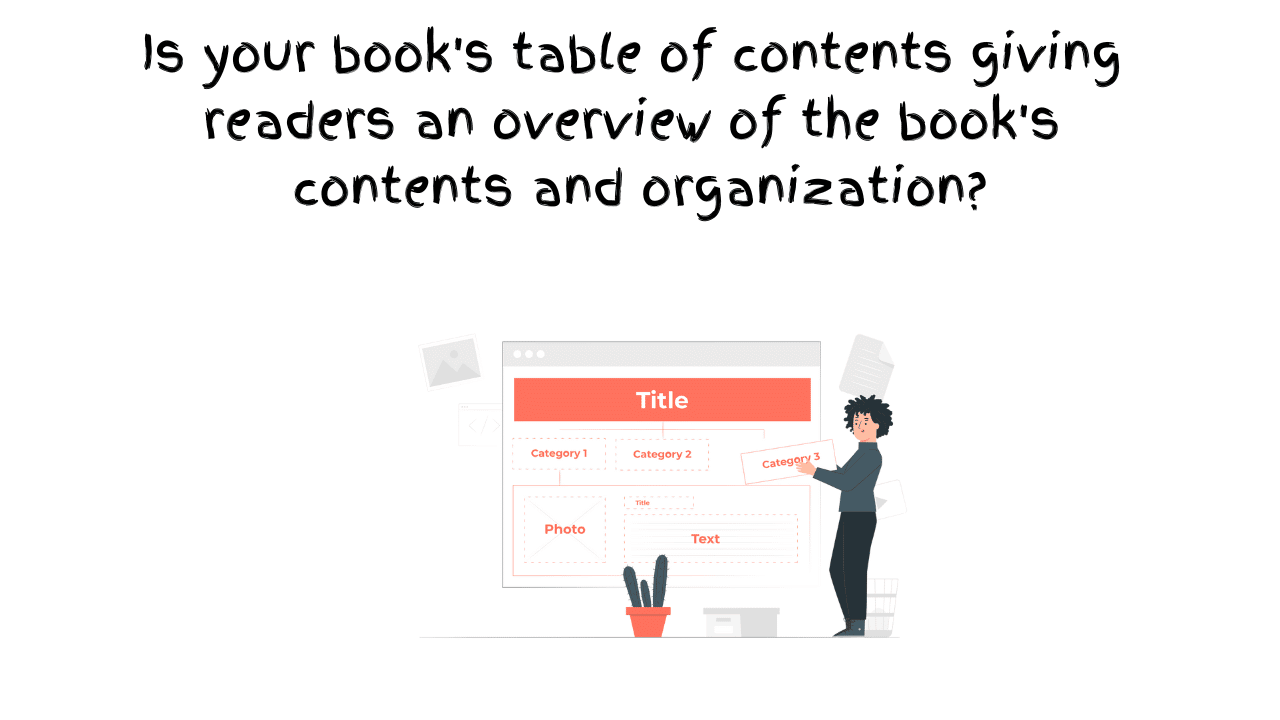Authors may use mixed languages in manuscript writing for several reasons:
Authenticity: Including words or phrases from different languages can add authenticity to the dialogue or narrative, especially when depicting characters from diverse linguistic backgrounds or settings.
Cultural Representation: Mixed languages can reflect the cultural diversity and richness of a particular community or setting. They allow authors to accurately portray the linguistic nuances and expressions found within specific cultural contexts.
Emotional Impact: Certain words or phrases in a particular language may convey emotions, concepts, or cultural nuances more effectively than their counterparts in another language. By incorporating mixed languages, authors can evoke specific feelings or meanings that may not be easily translated.
Characterisation: The use of mixed languages can help distinguish and develop characters, highlighting their linguistic backgrounds, personalities, or identities. Different characters may use distinct languages or dialects to reflect their unique traits and experiences.
World-Building: In genres such as science fiction or fantasy, authors may create fictional languages or incorporate real-world languages to enhance the world-building aspect of their narratives. This adds depth and realism to the fictional universe being depicted.
Challenge Conventions: Some authors use mixed languages as a stylistic choice to challenge linguistic norms or experiment with narrative techniques. This can result in innovative and engaging storytelling that pushes the boundaries of traditional literary conventions.
While the use of mixed languages in manuscript writing can offer various benefits, there are also several disadvantages to consider:
Accessibility: Incorporating languages unfamiliar to the reader may hinder comprehension and accessibility, especially for those who are not proficient in the languages used. This could alienate certain segments of the audience and limit the book’s reach.
Reader Discomfort: Readers may find it disruptive or confusing to encounter unfamiliar languages within the text, leading to frustration or a loss of engagement with the narrative. This can detract from the overall reading experience and make it difficult for readers to connect with the story or characters.
Translation Challenges: Mixed languages may pose challenges for translators when the manuscript is translated into other languages. Translating unfamiliar terms or expressions accurately while preserving their cultural and linguistic nuances can be complex and may result in loss of meaning or tone.
Risk of Misinterpretation: Readers may misinterpret or misunderstand the meanings of mixed languages, particularly if adequate context or explanation is not provided within the text. This can lead to misconceptions or misrepresentations of the cultures or languages being depicted.
Inconsistency: Inconsistent usage of mixed languages throughout the manuscript can disrupt the narrative flow and coherence, making it difficult for readers to follow the story or understand the characters’ dialogue. Maintaining consistency in language usage is essential to ensuring a cohesive reading experience.
Cultural Sensitivity: The use of mixed languages should be approached with sensitivity to cultural and linguistic diversity. Care must be taken to avoid stereotypes, appropriation, or misrepresentation of languages and cultures, which can perpetuate harmful biases or misconceptions.
To overcome the challenge of mixed languages in writing a manuscript, authors can consider several strategies:
Provide Context: When introducing words or phrases from other languages, offer enough context within the text to help readers understand their meaning. This could include explanations, translations, or providing examples of usage.
Use Footnotes or Glossaries: Incorporate footnotes or include a glossary at the end of the manuscript to explain unfamiliar terms or phrases. This allows readers to easily reference and understand the meanings of words from different languages.
Limit Usage: Be mindful of how frequently and where mixed languages are used in the manuscript. Overuse can overwhelm readers and detract from the main narrative. Reserve their usage for moments where they add significant value to the story or message.
Maintain Consistency: If using multiple languages throughout the manuscript, maintain consistency in how they are presented and explained. This helps create a cohesive reading experience and prevents confusion.
Consider the Audience: Tailor the use of mixed languages to the target audience of the manuscript. If the intended readers are familiar with the languages being used, authors may have more flexibility in their inclusion. However, if the audience is more diverse or less familiar with the languages, clarity and accessibility should be prioritized.
Provide Translations: For essential phrases or passages in other languages, consider providing translations within the text or in accompanying annotations. This ensures that all readers can fully understand the content regardless of their language proficiency.
Step1: Prepare Yourself to Get Published…
Are you ready to publish your book? Here is how you need to prepare. Have your manuscript ready and explore the oprions available today. If you are stuck in getting it started or finished, there is several ways to get help. Explore and get published today!
Read MoreStep2: Let’s Talk About Publishing
The self-publishing landscape has changed considerably in the past two decades with new technologies such as the Internet, and the $1 billion markets continuing to change at a rapid pace. Increasingly, there are numerous alternatives to traditional publishing, and self-publishing is becoming the first choice for writers.
Read MoreStep3: Factors to Consider Before Self Publishing
Jesus, while talking to the disciples about following Him, asked them to count the cost. The same Scripture applies to authors today - you have to count the cost from the beginning to ensure you don't stop at some point in your book project's journey.
Read MoreStep4: Requirements for Self Publishing
Are you ready to be published? Use our 4 points check list and tick 'Published Author' box so you can move on to the next God-given assignment...
Read MoreStep5: Publishing Steps – Review
Is your manuscript due for a review towards getting published? The major focus during manuscript review is the general quality of the book. It is important to establish the overall completeness, scope and readership of the manuscript and whether the presentation and accessibility of the book is suitable. #RaisingAfricanVoices
Read MoreStep5a: How to Write a Book Dedication
A book dedication is a way for you, the author to bestow a high honor on a person (or a group of people) you wish to praise or otherwise spotlight. This dedication note is often short and usually focused on one person (or a specific group of people). It’s supposed to be personal, rather than professional. It goes on the dedication page, which is in the very front of the book, after the title page. Here's how to write one. #RaisingAfricanVoices
Read MoreStep5b: How to Write a Book’s Foreword
A well-written foreword can function as the ultimate third-party recommendation or endorsement for your book, generating interest and helping when it’s time to market your book. Here are the benefits of forewords and a guide to writing one. #RaisingAfricanVoices
Read MoreStep5c: How to Write a Book Introduction
Are you stuck on writing your book introduction? Here's how to... Hook the reader right from the beginning with a personal story from your life, a funny story, a joke, or just an interesting fact that causes him/her to want to continue reading. #RaisingAfricanVoices
Read MoreStep5d: How to Write a Book’s Conclusion
If your readers are in the conclusion chapter, it also means they read the whole book, they liked it, and now they want you to wrap it up. So don’t rash it. Give them what they want. Here's how to write a good conclusion for your book. #RaisingAfricanVoices
Read MoreStep5e: How to Write an Author’s Bio
People are looking for reasons why they should spend their time reading what you have written. You need to instill confidence in your readers that you are knowledgeable on the subject matter by writing an appropriate bio. Here's how to write one. #RaisingAfricanVoices
Read MoreStep5f: How to Write a Book’s Blurb
A blurb is a short yet descriptive account of the book that goes on the back cover or within the book sleeve of a hardcover book. It includes any information that represents the book best and intrigues the readers and shoppers to pick the book off the shelves. Here's how to write one... #RaisingAfricanVoices
Read MoreStep5g: What to Include in the Copyright Page and Complete the Copyrighting Process
Copyright law gives creators of original material the exclusive right to further use and duplicate that material for a given amount of time, at which point the copyrighted item becomes public domain. Here's what you need to know. #RaisingAfricanVoices
Read MoreStep5h: How to Write an Acknowledgment
An acknowledgment section in a book provides the space to go into lenghty details in thanking the people who were sources of inspiration and support for your book and life. Here'show to write one. #RaisingAfricanVoices
Read MoreStep5i: How to Write a Table of Contents
A table of content shows the things that are held or included in something. In the book industry, it is a list of the chapters or sections given at the front of a book or periodical. Here's how to write one... #RaisingAfricanVoices
Read MoreStep6a: How to Write a Devotional
A devotional book is a literary work designed to provide spiritual inspiration, guidance, and reflection for readers seeking to deepen their faith and relationship with God.
Read MoreStep6b: How to Write a Captivating Novel
A great novel is a complex interplay of various elements, but some key components often contribute to its greatness.
Read MoreStep6c: How to Use Dialogue in Story Writing
Effective dialogue is characterized by authenticity, clarity, and relevance to the story. It should sound natural and believable, reflecting the unique voices and perspectives of the characters. Dialogue tags, such as "said," "asked," and "replied," help identify speakers and maintain clarity in conversations.
Read MoreStep6d: How to Use ‘Show Don’t Tell’ in Story Writing
"Show don't tell" is a fundamental principle in storytelling that encourages writers to use descriptive language, actions, dialogue and scenes to reveal information to the reader, rather than simply telling them outright.
Read MoreStep6e: How to Elevate a Flat Non-fiction Christian Book to Make it Personal and Engaging
"Show don't tell" is a fundamental principle in storytelling that encourages writers to use descriptive language, actions, dialogue and scenes to reveal information to the reader, rather than simply telling them outright.
Read MoreStep6f: Ethical ways to use other people’s public stories in a non-fiction Christian book
"Show don't tell" is a fundamental principle in storytelling that encourages writers to use descriptive language, actions, dialogue and scenes to reveal information to the reader, rather than simply telling them outright.
Read MoreStep6g: How to overcome the challenge of mixed languages in writing a manuscript
"Show don't tell" is a fundamental principle in storytelling that encourages writers to use descriptive language, actions, dialogue and scenes to reveal information to the reader, rather than simply telling them outright.
Read More
